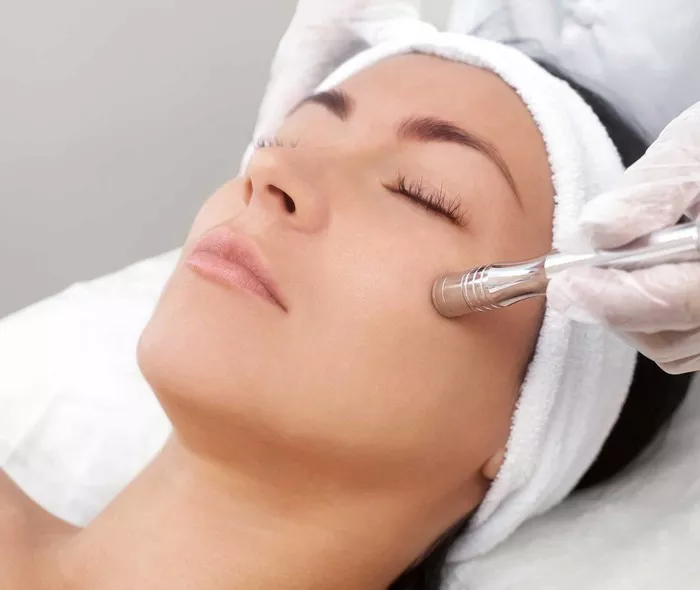Dermaplaning is a popular exfoliation technique that involves using a sterile blade to remove dead skin cells and the fine vellus hair, commonly known as “peach fuzz,” from the surface of the skin. This treatment aims to create a smoother and more radiant complexion while enhancing the penetration of skincare products. A common question that arises among those considering dermaplaning is: How does the hair grow back after the procedure? In this article, we explore the intricacies of hair regrowth following dermaplaning, addressing common concerns, and shedding light on the factors that influence the process.
Understanding Dermaplaning
Dermaplaning is a non-invasive cosmetic procedure that is typically performed by a licensed aesthetician or skincare professional. During the procedure, a small, sterile blade is gently passed over the skin at a 45-degree angle. The blade effectively removes dead skin cells, debris, and the fine vellus hair from the outermost layer of the skin. This exfoliation process leaves the skin feeling smoother, more even in texture, and better prepared to absorb skincare products.
Hair Growth and Dermaplaning
Contrary to some misconceptions, dermaplaning does not alter the hair’s natural growth cycle or influence the type of hair that grows back. Vellus hair, often referred to as “peach fuzz,” is the thin, soft hair that covers various parts of the body, including the face. This type of hair is different from terminal hair, which is thicker and coarser. Dermaplaning removes vellus hair from the skin’s surface, resulting in a temporarily hair-free appearance.
Regrowth Process
After dermaplaning, vellus hair will naturally grow back over time. The regrowth process varies from person to person and typically follows the individual’s natural hair growth cycle. The timeline for hair regrowth can range from a few weeks to several months, depending on factors such as genetics, hormonal changes, and overall health.
Common Concerns and Myths
Thicker Hair: One common misconception is that dermaplaning causes hair to grow back thicker and darker. This is a myth; dermaplaning does not change the hair’s natural thickness or color. The regrowth will continue to be fine vellus hair.
Faster Regrowth: Some individuals worry that dermaplaning might lead to faster hair regrowth. The reality is that dermaplaning does not alter the hair’s growth rate; it only removes the hair that was present on the skin’s surface at the time of the treatment.
Stimulation of Growth: Dermaplaning does not stimulate new hair growth. It only removes the existing vellus hair, and the hair that grows back will follow the natural hair growth pattern.
Maintaining Results
To maintain the smooth and radiant results achieved through dermaplaning, individuals can consider scheduling regular maintenance treatments. The frequency of these treatments can vary based on individual preferences and skincare goals. Some individuals may choose to have dermaplaning treatments every few weeks, while others may opt for treatments every few months.
Consultation with a Professional
Before undergoing dermaplaning or any cosmetic procedure, it’s advisable to consult with a licensed aesthetician or skincare professional. A consultation will help you understand the treatment process, potential benefits, and any considerations specific to your skin type and concerns. Additionally, a professional can provide guidance on post-treatment care, skincare routines, and the best approach to achieving your desired results.
Conclusion
Dermaplaning is an effective exfoliation technique that yields a smoother and more radiant complexion by removing dead skin cells and vellus hair from the skin’s surface. While vellus hair will naturally grow back after dermaplaning, it does not become thicker, darker, or faster-growing as a result of the treatment. The regrowth process follows the individual’s natural hair growth cycle, and maintaining results can be achieved through regular maintenance treatments. Consulting with a licensed skincare professional ensures that you have accurate information, personalized advice, and a clear understanding of what to expect from the dermaplaning procedure and its effects on hair regrowth.


